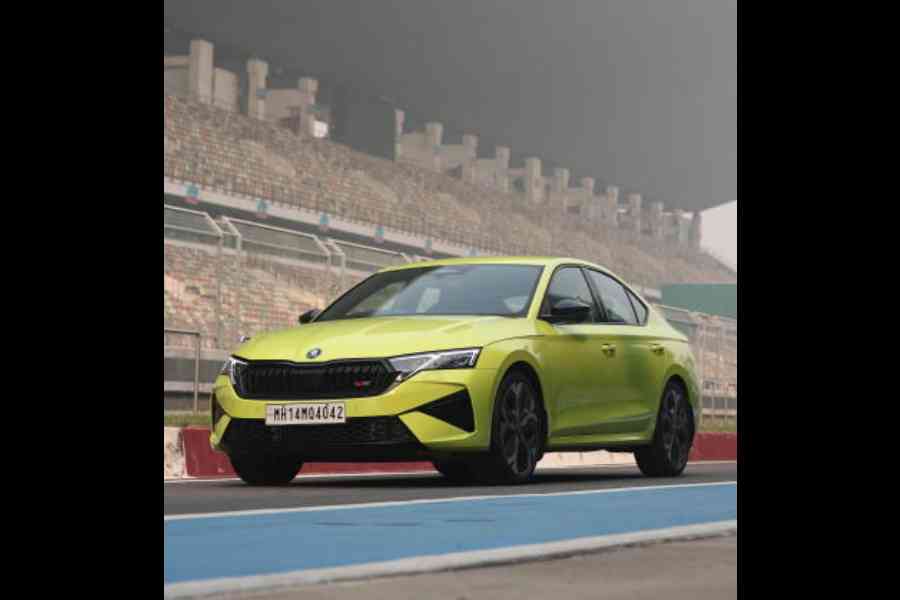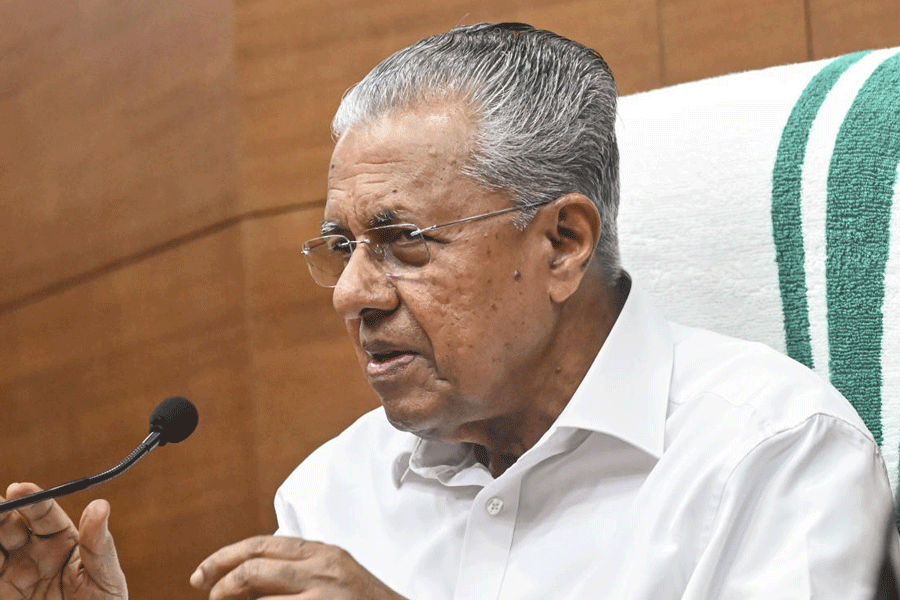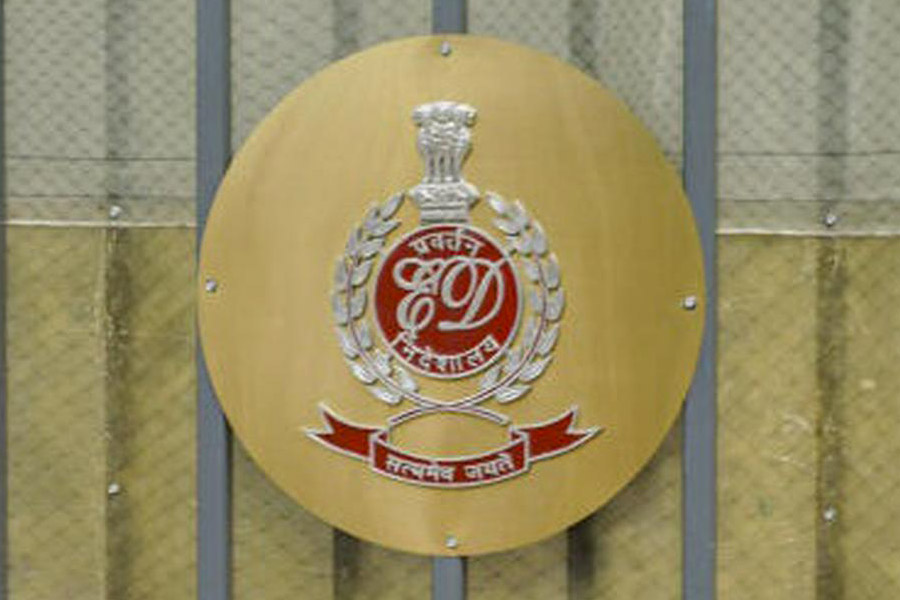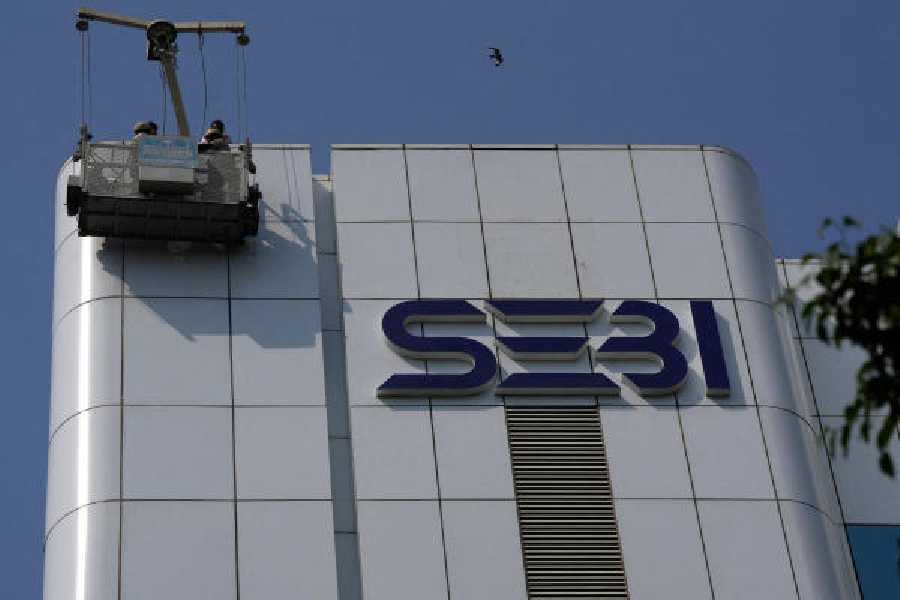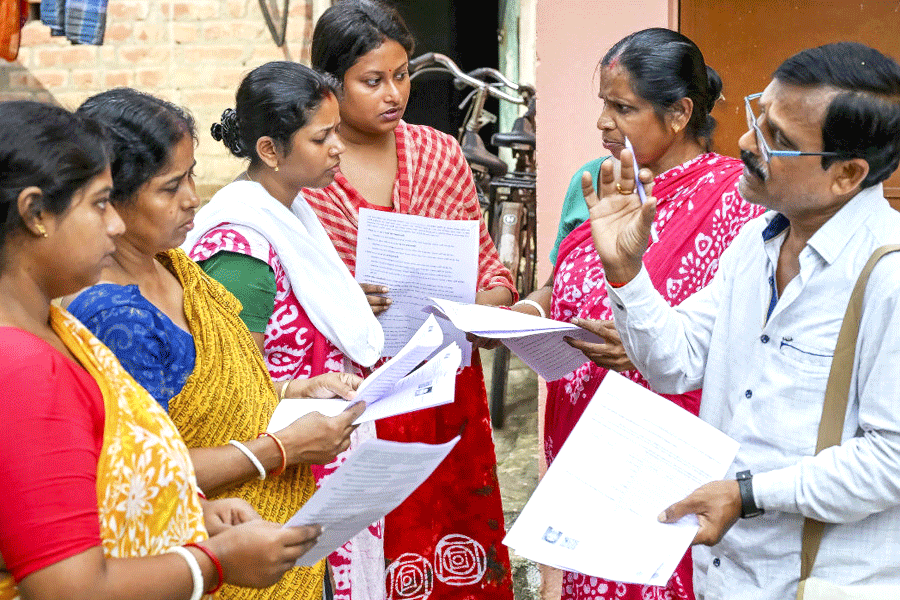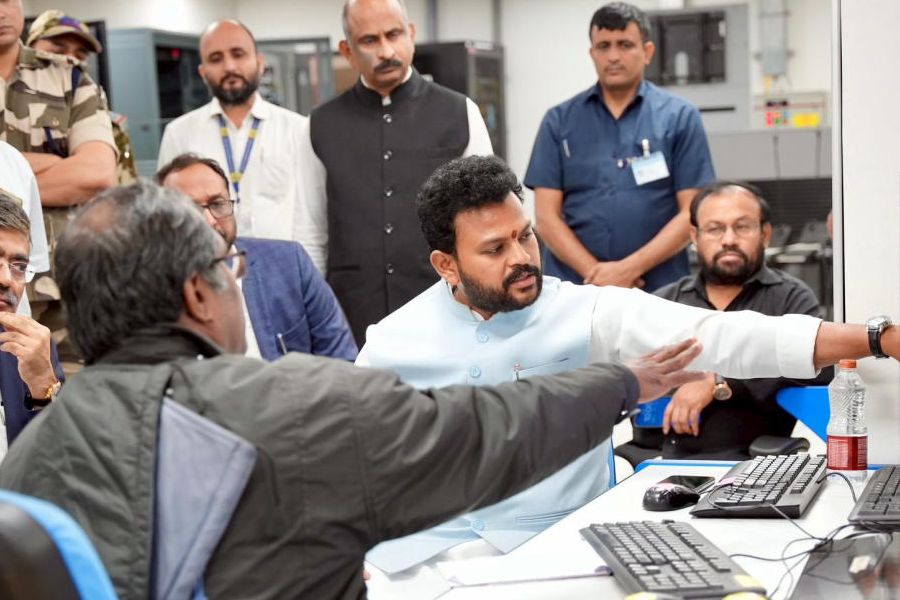Cliches exist because cliches work. In motoring there is one about a car that you can take grocery shopping or drop the kids off to school in on weekdays and go racing on the track on Sundays. Now that might seem like an elusive one-size-fits-all solution, but such things do exist, well, kind of. And the Skoda Octavia RS that has just hit the Indian shores happens to be one of them.
t2oS got behind the wheel of an Octavia RS — RS being Rally Sport — in Mamba Green, which sounds suitably lethal, at the invitation of Skoda India at the Buddh International Circuit in Greater Noida, on the racing track as well as a handling course outside it. That was probably the best place to check out something that is asking for a premium for the performance it offers — it is retailing for ₹50 lakh ex-showroom.
The Octavia RS has been coming to India over generations. The first one came with a 1.8-litre turbo petrol engine way back in 2004, just three years after Skoda entered the Indian market. Then, in 2011, that was followed by the Skoda Laura RS. Come 2017, and the market saw the RS 230 version of the third-generation Octavia that came with a 2-litre TSI engine. In 2020, its power output got bumped up and we had the RS 245, with the digits denoting the power output in horsepower. And now we have the fourth generation of the Octavia in the RS 265 avatar.
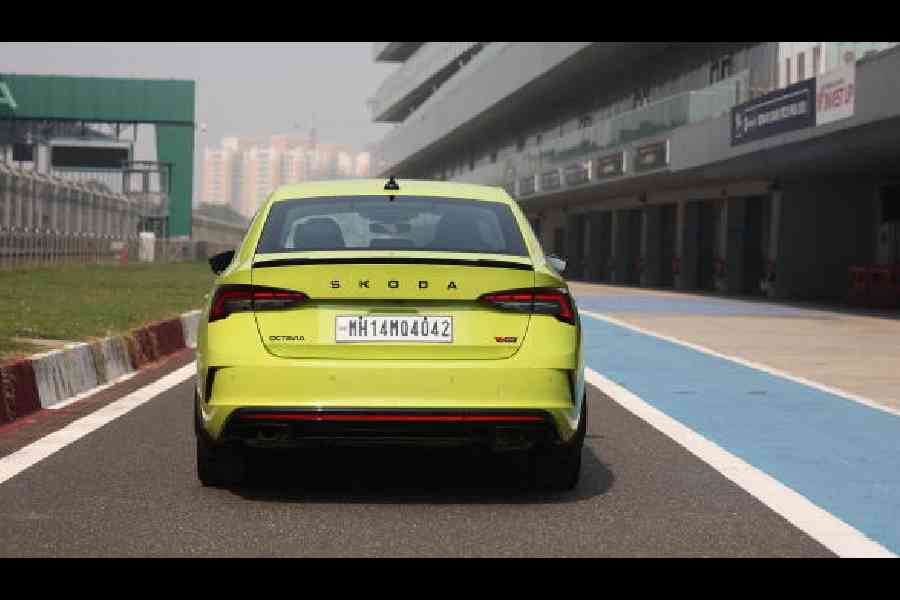
Twin exhausts, a black lip spoiler and the RS badging give away the fact that this might be a little perkier than other Skoda Octavias
The current Octavia RS is based on the Volkswagen Group’s MQB platform, but it isn’t exactly the same as the one which underpins most of Skoda and VW’s lineup in India. Therefore, the current vehicle is coming in as a CBU, or completely built unit, which means that it is specced for the European market, or more specifically, the UK since it is right-hand drive. It also means that it is attracting a lot of customs duty, but for a keen driver, it might not be such a huge price to pay, which is proven by how quickly Skoda’s current import quota has been booked.
And it is that performance that we were supposed to check out. Getting into the car with the helmet on — it is a requirement if one is driving on the BIC track — is a bit of a contortionist act, but once inside and after adjusting the driving position, everything just falls neatly to hand and one gets the sense of having driven the car for a lifetime. Everything is exactly where it needs to be. The seats are nicely supportive (there is even a separate adjustable under-thigh support), visibility is good, and there is the heads-up display where one can watch speed without taking the eyes off the track.
Pitlane speed needs to be under 60kmph probably. Checking the left ORVM as we reached the exit, we saw no car approaching. Time to floor it. But Turn 1 was right there, so hard on the brakes, slow down and power out into the sweeping Turn 2. Hit the kerb before the sharp right-hand Turn 3 heading into the long back straight and floor it and hold it. Being a bit defensive, we hit the brakes a shade early, but not before we crossed 200kmph. Maybe if we had held our nerve we might have been able to go a tad faster. Skoda says the top speed is limited to 250kmph. We have no reason to disbelieve it. The RS tracks nice and true under heavy braking and there is absolutely no sign of skittishness.
Braking hard and going into the sharp Turn 4, we did perceive body roll, that we had felt at the two previous sharp turns as well, but being a low-ish car — ground clearance is just about 129mm with the sport suspension and about half and inch less than the standard Octavia — it holds on to the track and one doesn’t feel it will break away even as the tyres squeal and hang on for dear life. Also, being a front-wheel drive, it is more forgiving in many ways, although we are pretty sure that there is enough power to make the tail step out of line.
Back on the track, we sped up and headed for the left-hand double apex at Turn 5 and Turn 6 and flicked into the right-hand chicane at Turn 7. Hell, this was a fun car to drive and we were trying to push it as hard as we could without going into the run-off areas. The 2-litre, four-cylinder, turbo petrol engine spins up freely and makes a lovely sound as well while delivering its power. We were in Sport mode and while the car wasn’t redlining left to itself, it was evidently making enough of its 265hp power limit and 370Nm of torque to keep things brisk.
We carried that thought through the right and left Turns 8 and 9 and into the parabola, which we’ve always found to be the trickiest bit of the track. The very long right arc absolutely tests a vehicle’s lateral grip under higher G forces and the Octavia RS was pulling a ton through it, which was pretty confidence-inspiring, although it was squatting a bit on the left tyres. It might be able to go a little faster, since erring on the side of caution we did not need to use the entire width of the track to hold the car on it and missed the kerb at the exit.
We made up for that at turns 13, 14 and 15. Remember, we had already negotiated a dozen turns and were growing in confidence and getting increasingly familiar with the car. Turn 16, heading into the Start-Finish straight is a sharp left and nearly caught out the newfound confidence. Being a front wheel drive car means that the Octavia RS does understeer when cornering at speed. And this is where the car’s smarts kick in. It brakes the inner wheels and sends more power to the outer ones to neutralise the understeer. Even so, we went in a touch too fast and barely managed to not overcook that corner.
This car was quite forgiving, so, yes, it was flat out once more to Turn 1. The RS manages in excess of 150kmph here if you carry in enough speed into the straight. Skoda says the standstill to 100kmph is achieved in 6.4 seconds. Then it was repeat, beam, repeat... maybe just a shade faster each time.
An index of how easy the car is to handle was the moose test. It was a complete breeze for us. Or maybe it wasn’t set tight enough. The slalom, too, was pretty easy to do. This car has so much control that one can really push it without worrying. A tight handling track too was despatched in a rather matter-of-fact way. Okay, there was a bit of tyre squeal, but not too much. That it sits low and has wide 19-inch wheels might have helped hold things together.
For its performance chops, the Skoda Octavia RS does look its part. It sits low, swoops forward and down, and looks fast and purposeful with the wide hexagonal-ish grille and very angular daytime running lights and dual headlamps. Also very smart is the lower bumper treatment with dark grille and dark triangular intakes at the sides. Giving the game away that it’s not a standard Octavia are the RS badges front and back, a black lip spoiler on the boot lid and the functional twin exhaust tips in the rear bumper. There are also the 19-inch alloys that would look much better without the inserts designed to make the car more slippery through the air. Thankfully, from what we experienced at the BIC, the sport suspension has give and shouldn’t make the ride too harsh.

The typical Octavia alligator opening for the 600-litre boot
Inside it’s all quality but all very Teutonic purposefulness. The seats are fab and hugely supportive although not ventilated. There’s a matt suede-like finish to the dash along with shiny carbon fibre. The shifter for a seven-speed dual-clutch automatic is a stubby number that is easy to use. There are paddle shifters for manual shifting if desired. The instrument cluster and 13-inch infotainment screens are slick.
The rear seats are good too, but there is a problem out there. Although there are three head restraints, there is pretty much no space for the middle passenger to put his feet since the central console continues right back up to the rear seats. It’s a touch odd. For the other rear passengers, there is enough space in all directions.
The boot is 600-litre big and there’s the Octavia’s signature boot opening that takes up the rear windshield as well. A spacesaver spare wheel has thankfully been left in.
So, to the crucial question after the first impressions is whether one should buy the Octavia RS. It is expensive at ₹50 lakh ex-showroom with its huge customs duty. Even so, the first batch has been booked out. Given the demand, there could be more. But the Octavia RS isn’t about being sensible. This, if at all, will be an emotional buy. And as another cliché goes: All is fair in love and war.

